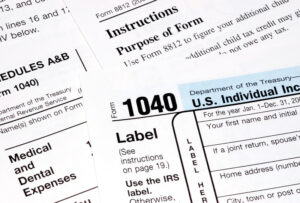Making a budget is one of the most important parts of establishing financial stability. By outlining your monthly expenses and income, you can have a better idea of when and where you are spending your money. Without a budget, it is easy to turn a blind eye to how your money is being used.
Since it is so important, the process of building a budget can be intimidating. However, with some basic tips and know-how, it is easy to create a budget that works with your lifestyle.
Step 1: Decide on a Budget Format
Different budget formats work for different people. Some people prefer to keep a physical notebook or folder of all of their income and expenses, while others like to use apps or electronic spreadsheets.
Your budget layout should account for all of your basic income and expenses. However, you can get as specific as you’d like to. You can group expenses into categories such as food, transportation, bills, and fun.
Step 2: Gather Your Information
Gather your financial documents together. This means assembling:
- Pay stubs
- 1099 and W2 forms
- Bank statements
- Utility bills
- Credit card bills
- Three months of receipts
- Subscriptions
- Car bills
- Mortgage or rent payments
Don’t forget anything that might not be on this list, but that plays into your monthly income and expenses.
Step 3: Calculate Your Income
This may be as simple as looking at your pay stubs. However, if your income varies at all, calculate the lowest income month in the last 6 months to use as a frame of reference for your budget.
Step 4: Calculate Your Expenses
Write down all of your monthly expenses based on the information and bills that you’ve collected. Note which of these are fixed and which are variable. Variable expenses can include things such as gasoline, food, and entertainment.
Step 5: Assess
Are your expenses far more than your income? If so, you may need to decide what you need to cut back on to balance the scales. If you are making more than you’re spending, consider how you want to use that money. Do you want to save or invest? Are you saving for a vacation or special item?
A good rule of thumb is the 50-30-20 rule:
- 50% of your income should be for necessities such as food, housing, and utilities.
- 30% of your income is for discretionary spending or entertainment, such as new clothes, nights out, concert or movie tickets, etc.
- 20% of your income should be used as savings or debt repayment.
Contact Us
Find a branch near you to learn more.








